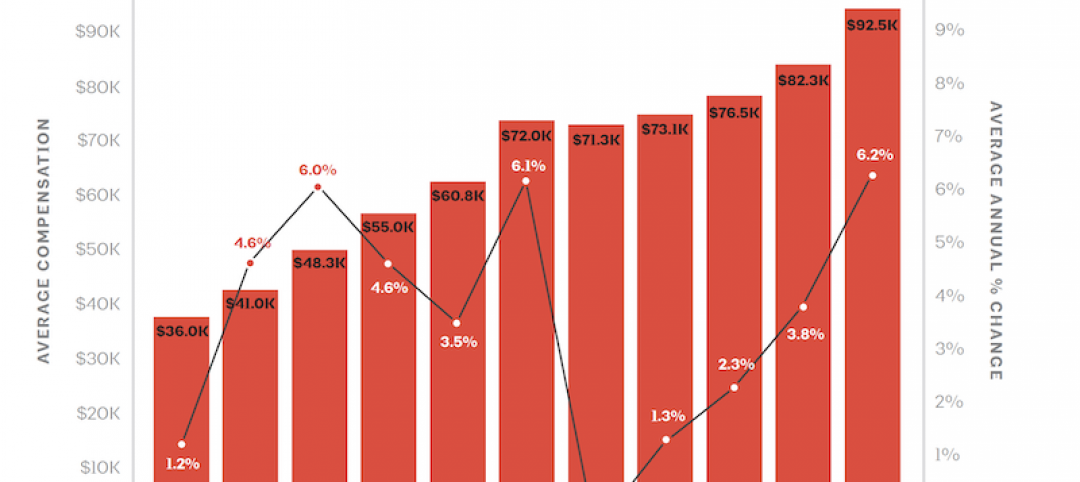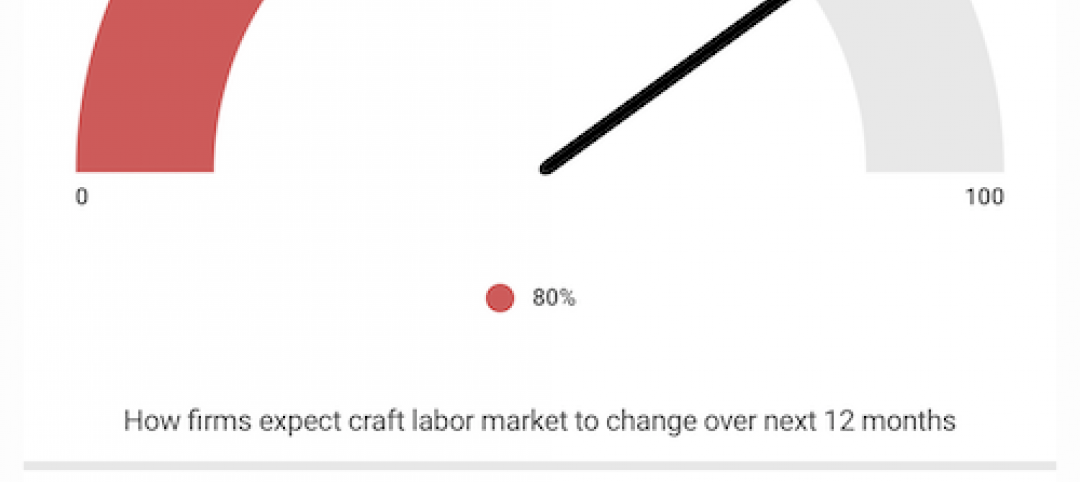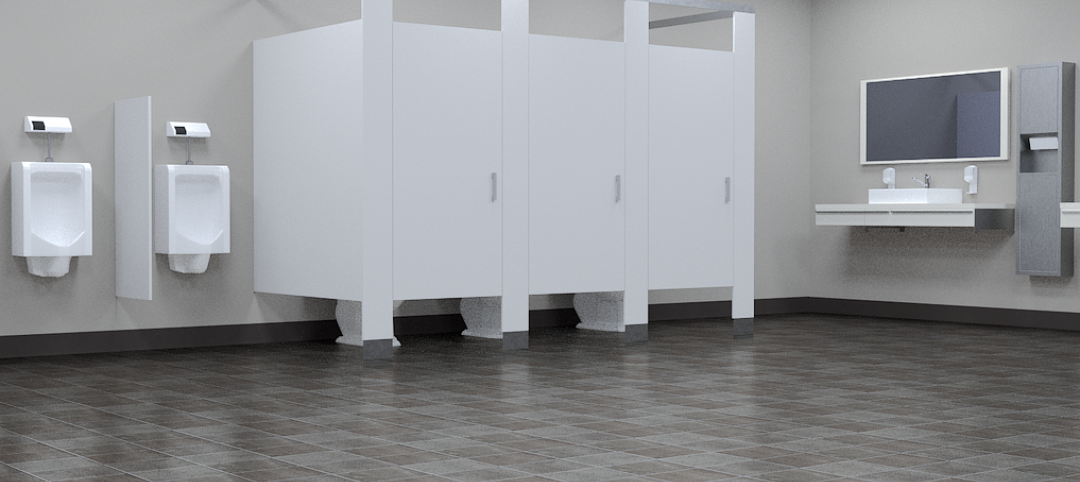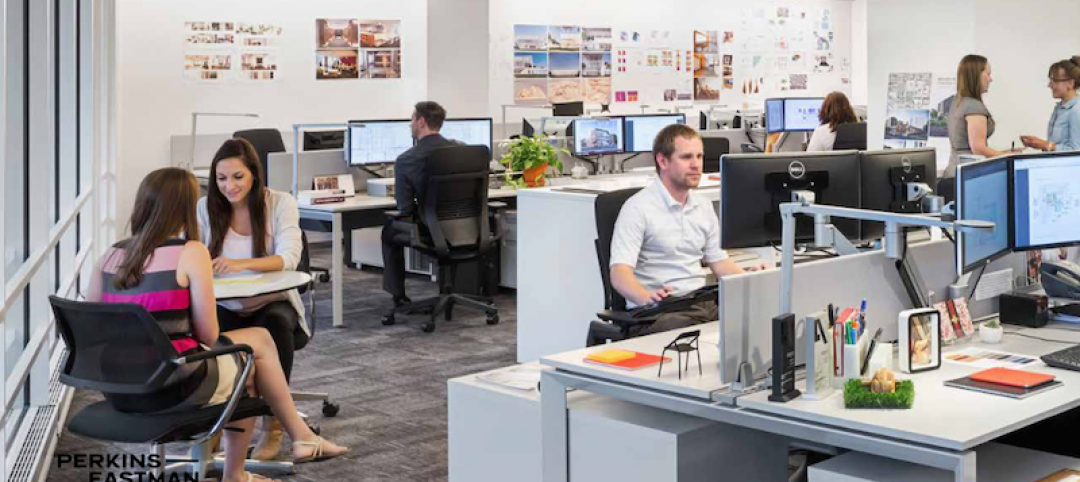A new “Equity in Architecture” survey finds that women and people of color continue to lag white men at architecture firms in career success measures such are salaries and advancement. This “achievement gap,” according to this survey, is less the result of systemic racism or sexism (although both still play in the background, like elevator music, at many firms), and more due to the lack of transparency in a firm’s process of promotions, equal access to its senior leaders, ongoing performance feedback, and having meaningful relationships at work.
The survey, conducted by the Equity by Design committee of AIA San Francisco, is based on responses to more than 80 questions from 8,664 graduates of architecture schools who are either working for an architecture firm, have worked for a firm but currently are employed in another profession, or have worked for a firm but are taking a career break or leave of absence.
The vast majority of respondents, nearly 7,000, are white males or females. And 6,600 respondents currently work at an architecture firm.
Nearly 80% of respondents said they shared their companies’ values, and 60% are engaged in decision-making and “find my work meaningful.” However, a deeper dive into the responses finds that in virtually every metric of success—including autonomy, compensation, confidence, meaningful work, focus, and work-life balance—men are more positive about their situations than women are.
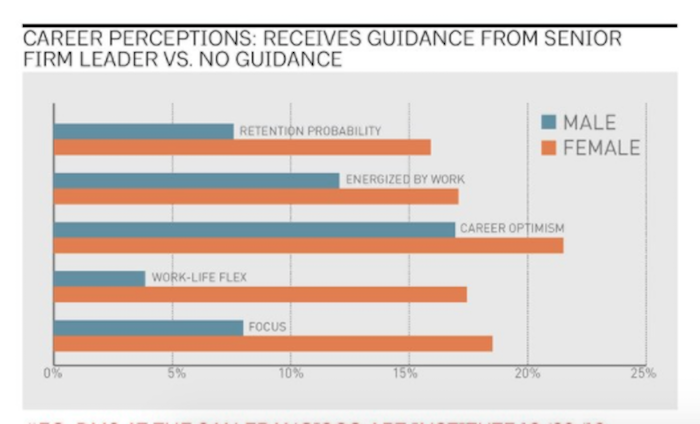
The survey finds that female architects who are encouraged by a firm's senior leaders are more likely to stay with that job, and feel better about it, than men archtects. Image: Atelier Cho Thompson, courtesy of AIA San Francisco Equity in Design Committee.
One reasons might be that men are better prepared than women to take on new roles, based on their perceived respective access to a firm’s partner, principal or direct manager for professional guidance. Mentoring is critical to retention, and when women receive guidance from one of their firm’s senior leaders, they are more likely than men to stay at their jobs, be energized by their work, and be optimistic about their careers. Career guidance also has a positive effect on women architects’ attitudes about work-life balance and “focus.”
One-fifth of the survey’s respondents said that the top reason why they left their last job was low pay. And the survey finds ongoing disparities in the salaries being paid men versus women. For example, the average salary for male respondents with eight to 10 years’ experience was around $75,000, versus around $70,000 for women with the same tenure. The salary gap between men and women widens with experience. And a woman architect who is a parent, regardless of experience, is likely to be paid less than childless women, or men with or without children.
Annelise Pitts, a designer with Bohlin Cywinski Jackson and research chairman of Equity by Design, notes that women—who account for two-fifths of architecture school graduates—early in their careers often get shuttled into less-than-edifying tasks like office manager or office librarian. This “gender sorting,” says Pitts, gives women less of a shot at eventually being included in the firm’s strategic management decisions.
Once an architect has been with a firm for more than a decade, there is a significant jump in his or her perception about the likelihood of becoming a principal in their firm. However, more than half of all respondents said their firms’ leadership is “mostly male.” And 27% of male respondents and 32% of female respondents said their companies’ promotion process is either somewhat or very ineffective. Non-white males are the least likely employees to be made principals, the survey showed.
(While the survey only touches on workplace diversity, Pitts says that the biggest issue for the architectural industry remains “getting people of color into the pipeline in the first place.” Research also finds that even when minority employees are hired, they are more likely to leave firms sooner than white men or women.)
More than three-fifths of the respondents said they have “scheduling conflicts” that present challenges to maintaining a work-life balance. And women more than men attribute poor health, neglected duties, and relationship conflicts in their personal lived to this imbalance. “Women seem more willing to compromise their personal lives for work,” says Pitts. However, women are also more likely than men to turn down work-related travel because of conflicts with their personal lives.
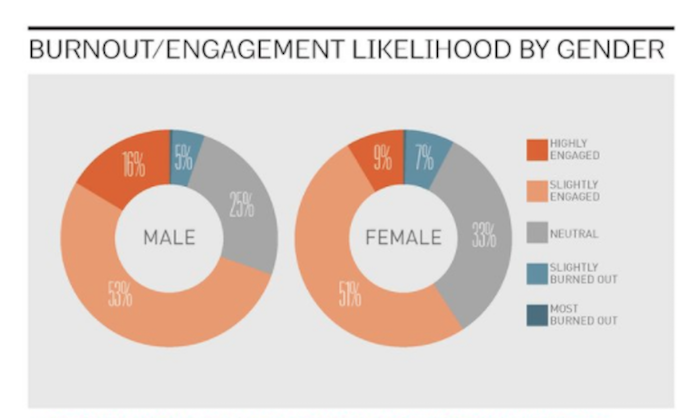 Women architects are more likely than men to sacrifice their personal lives for work, but are also more likely to feel the pressures of the job. Image: Atelier Cho Thompson, courtesy AIA San Francisco Equity in Design committee.
Women architects are more likely than men to sacrifice their personal lives for work, but are also more likely to feel the pressures of the job. Image: Atelier Cho Thompson, courtesy AIA San Francisco Equity in Design committee.
Burnout is more prevalent among women, especially those with less than five years experience. Half of the female respondents with five or fewer years on the job left their firm, compared to 42% of men with that same tenure who exited. Interestingly, more-tenured women appear to be less likely to leave their firms than experienced men.
Among the respondents, 667 men and 719 women currently work outside of an architecture practice. The vast majority works in another field, with a relatively small number—less than 10%—either being a full-time caregiver, a student, unemployed, or retired.
The solution to hiring and retention problems at architecture firms the survey exposes, says Pitts, comes down to them having policies in place that emphasize progressive and fair employee development, and enforcing those policies equitably and transparently. “Companies need to walk the walk,” she says.
Related Stories
AEC Tech | Feb 13, 2020
Exclusive research: Download the final report for BD+C's Giants 300 Technology and Innovation Study
This survey of 130 of the nation's largest architecture, engineering, and construction firms tracks the state of AEC technology adoption and innovation initiatives at the AEC Giants.
Office Buildings | Feb 11, 2020
Forget Class A: The opportunity is with Class B and C office properties
There’s money to be made in rehabbing Class B and Class C office buildings, according to a new ULI report.
Industry Research | Dec 13, 2019
Attention building design experts: BD+C editors need your input for our 2020 Color Trends Survey
The 2020 Color Trends research project will assess leading and emerging trends and drivers related to the use of color on commercial, institutional, and multifamily building projects.
Architects | Sep 11, 2019
Buoyed by construction activity, architect compensation continues to see healthy gains
The latest AIA report breaks down its survey data by 44 positions and 28 metros.
Industry Research | Aug 29, 2019
Construction firms expect labor shortages to worsen over the next year
A new AGC-Autodesk survey finds more companies turning to technology to support their jobsites.
Codes and Standards | Aug 29, 2019
Industry leaders ask for government help as trades shortage worsens
AGC asks for more funding for education and increased immigration to fill gaps.
Multifamily Housing | Aug 19, 2019
Top 10 outdoor amenities in multifamily housing for 2019
Top 10 results in the “Outdoor Amenities” category in our Multifamily Design+Construction Amenities Survey 2019.
Multifamily Housing | Aug 12, 2019
Multifamily Amenities 2019: Rethinking the $30,000 cup of coffee
What amenities are “must-have” rather than “nice to have” for the local market? Which amenities will attract the renters or buyers you’re targeting? The 2019 Multifamily Amenities Survey measured 113 amenity choices.
Codes and Standards | Jun 27, 2019
Public restrooms being used for changing clothes, phone conversations, and 'getting away'
About 60% of Americans use a public restroom one to five times a week, according to the latest annual hand washing survey conducted by Bradley Corporation.
Industry Research | Jun 11, 2019
New research suggests individual work spaces increase productivity
The research was conducted by Perkins Eastman and Three H.






